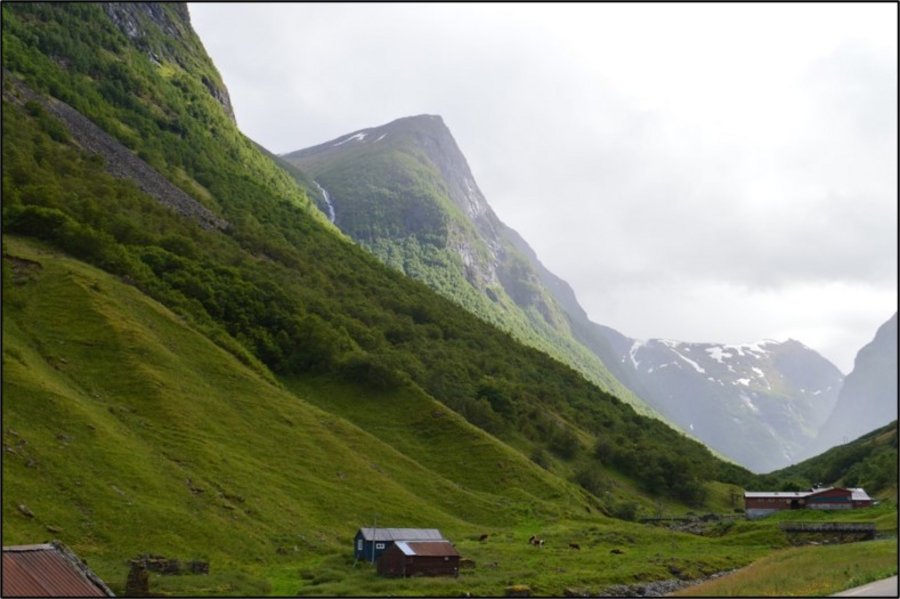
An important activity in the GenRes Bridge project has come to a close with the publication of a report on Conservation of GenRes at Landscape Level through Demonstration Cases. Five locations have been studied in detail to help formulate a rationale for the joint conservation of genetic resources in the plant, livestock and forest domains. The report draws attention to Europe's biodiversity and raises awareness not only of the economic value of genetic resources, but also of their importance for our food security and ecosystem services.
“Conservation of genetic resources across domains is in its infancy,” said Tor Myking from the Norwegian Institute of Bioeconomy Research. “Integrated conservation will help build a more robust agricultural production landscape compared to conservation focused upon just one domain.”
Introduction of the study areas
The sites chosen for the case studies cover three broad areas. Aurland, in Norway, is a northern outpost with a surprising amount of genetic diversity. Ehden Natural Reserve in Lebanon is important because it lies within the Fertile Crescent, centre of origin and domestication for many crops and livestock. And the Alps, which contain considerable genetic diversity as a glacial refuge, are covered by three sites on an east-west axis: Triglav National Park in Slovenia, Paneveggio Pale San Martino Natural Park in the Dolomites in Italy and Mont Ventoux in France.
All five cases share mixed production systems that make use of plants, animals and forests in a variable topography, with highly productive lowland areas and more marginal mountain pastures. All five are also fragile, with a recent history that includes overexploitation of natural resources. Diminishing reliance on traditional farming methods, often a consequence of depopulation and out-migration, threatens crop and livestock diversity. The agricultural history of the area, how it is currently managed and the potential for integrated conservation of genetic resources all come under scrutiny. While all the sites are, from an agricultural perspective, not highly productive, they all harbour locally adapted livestock breeds, crop varieties and tree seed stands that should be conserved, and therefore used, because they are important for future adaptation. Without doubt, such landscapes are also vital for maintaining populations of a vast number of birds, insects, plants and fungi.
Relevance and setting of the case studies
The case studies indicate a way forward for unified conservation of plant, animal and forest genetic resources. The report recommends that integrated conservation management should be firmly placed in high-level strategies and directives, such as the EU Green Deal. These top-level commitments are essential to provide the necessary political momentum. At the same time, national authorities should work with knowledgeable local stakeholders to take advantage of their ideas to strengthen bottom-up incentives. Ideally, to avoid duplication of effort, integrated conservation of genetic resources could take place in existing designated locations, such as Natura 2000 sites and High Value Farmlands. These heterogenous landscapes would be included in a European network and specifically identified as Genetically Diverse Landscapes.
The EU project GenRes Bridge has the overall objective to strengthen the conservation and sustainable use of plant, animal and forest genetic resources in Europe. One of the most important tasks for this is the development of an overarching European strategy that will identify future guidelines for the conservation and sustainable use of genetic resources for food and agriculture. At this point, the findings from the case studies will be incorporated as innovative approaches into the strategy's recommendations for action. The work package for developing the strategy is led by the IBV, which is active at global, European and national levels.
